
Organic and Natural wines: let’s clear it up!
When a wine is to be considered “natural”? Is an organic wine a natural wine? If there are natural wines, it means that all the “other wines” are not natural?
Many wine lovers ask me these questions during seminars or wine tastings, so I think it’s time to clarify some concepts about natural and organic wines.
Terms on labels can be confusing and it could not be more true for these new “trendy” wines. The real issue is that still we don’t have a specific definition for natural wines, which are not yet regulated by any law, even in the European Union, where they was born.
It is news of the last week that France is setting up a specific government committee to define what can be labelled as natural wine and to determine if the word “natural” should or shouldn’t be used, since it might imply that “traditional” wines are not natural. Which is not true.
Let’s break this down a little bit first…
ORGANIC WINES
What does it mean for a wine to be considered organic? Well, an organic wine is simply a wine produced with organically-grown grapes. In order to have grapes that can be considered organically-grown, the vineyard must adhere to stricter standards that differentiate organic vines from non-organic vines. In the United States, however, the definition of an organic wine varies from the definition of a European organic wine; a true organic wine in the United States cannot have added sulfites, but sulfites are permitted in organic wines in Europe.
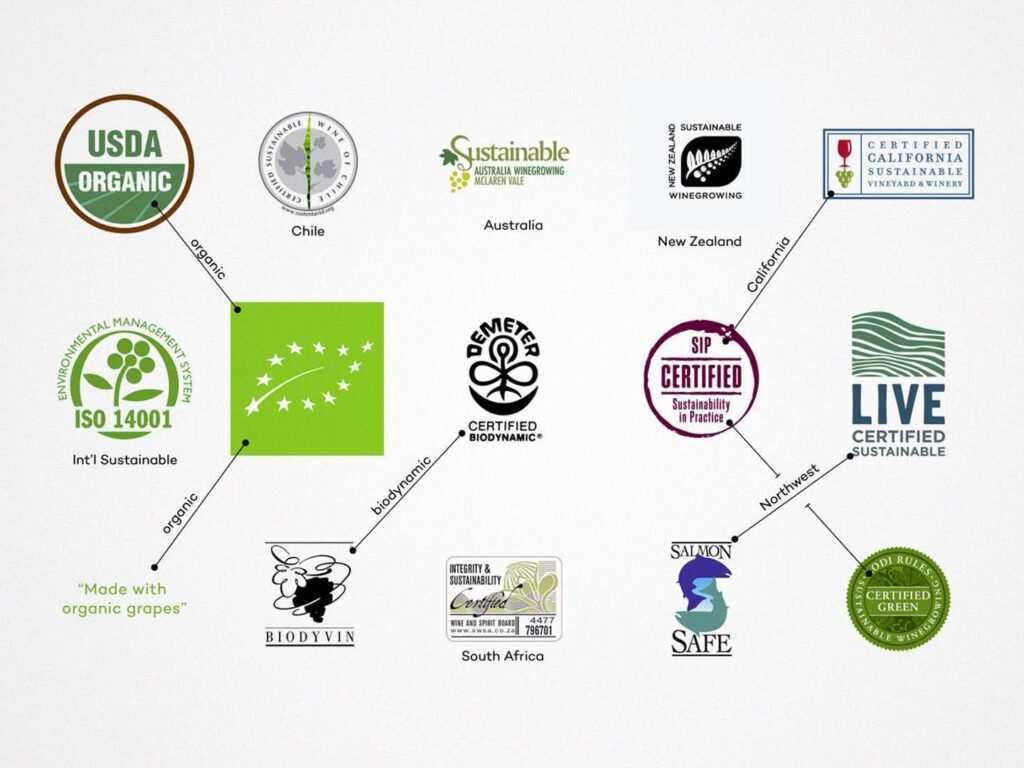
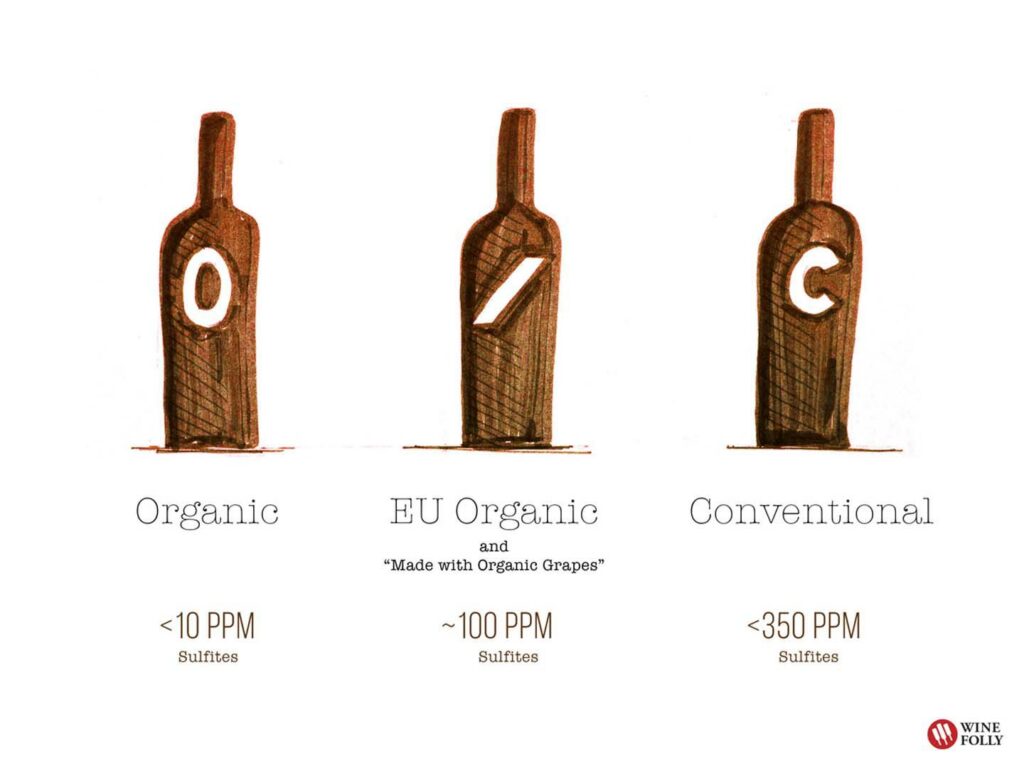
Furthermore, for a wine to be considered organic, it does not have to be devoid of additives—it simply must follow the federal guidelines when using any additive. That means it can contain yeasts, for instance, or egg whites can be used to clarify it, while still adhering to organic standards. As mentioned earlier, organic wines in the US cannot add sulfites, which are perservatives for the wines flavors and prevent oxidation. Essentially, most organic wines in the US have a shortened shelf life and should be consumed soon, after being purchased. Also, it is important to note that other imported European organic wines are not truly considered organic wines in the US, so they must add to their labeling that they solely contain organically-grown grapes.
NATURAL WINES
What about natural wines? A true natural wine, according to the Oxford Companion to Wine, is categorized as wine grown by independent producers with grapes hand-picked from sustainable, organic, or biodynamic vineyards. It is also fermented with its natural yeasts and without other additives, and there are little to no added sulfites. That being said, natural wines are not regulated as organic wines are in the US, so it is best to ask more about specific details of how the wine is produced to distinguish if the wine you are drinking is, in fact, natural or not.
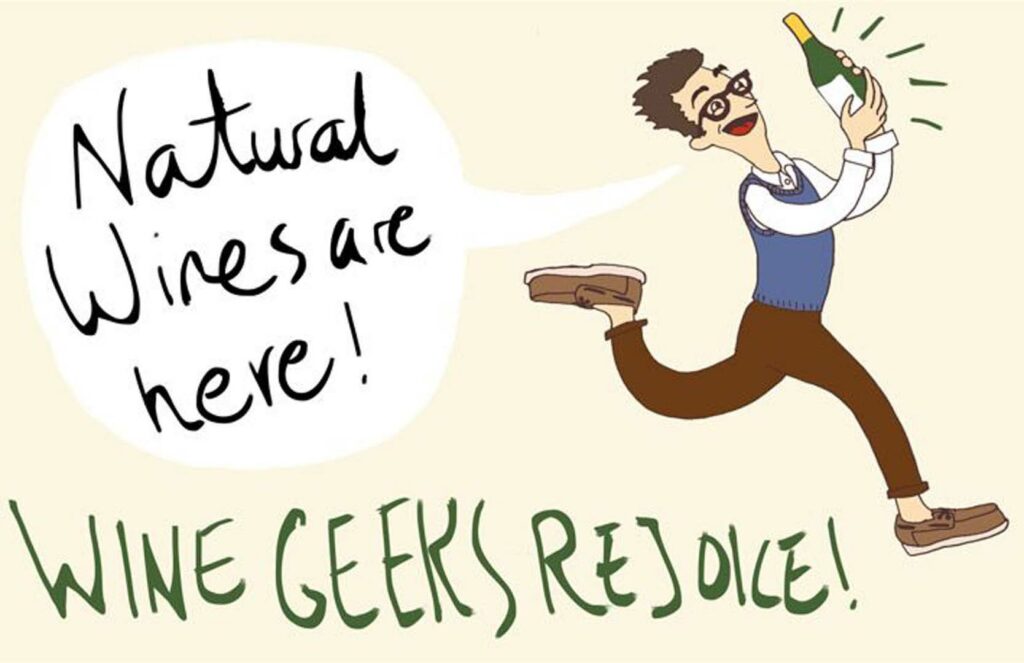
In general, natural wines, also called “raw wines”, are known for having a bit of a murky appearance because they still contain the lees and the dead yeasts byproducts in the final bottle released. They do tend to have a bit of an edge to them—with a unique sort of flavor—as they are typically more sour in taste than their “traditional” wine counterparts. For instance, some better known natural wines include orange wines like Ribolla Gialla from the Friuli region in Italy, Pétillant Naturel wines from the Loire Valley in France, and Col Fondo Prosecco, which is an unfiltered, sour version of the traditionally fruity and crisp Prosecco, just to name a few.
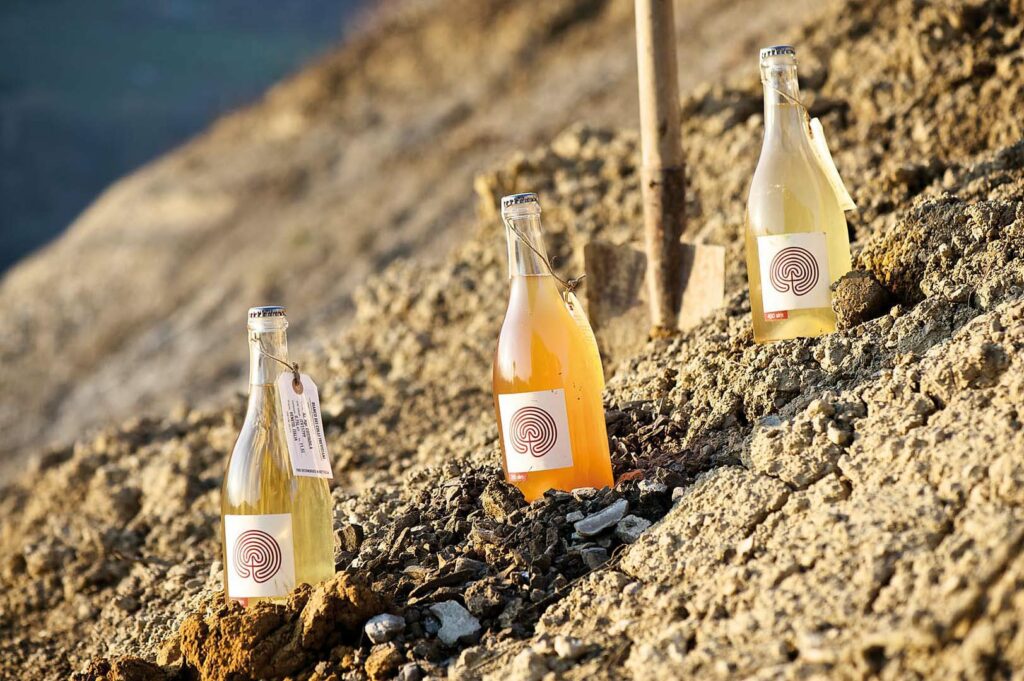
In terms of the market for these wines, organic wines are not incredibly popular in the US. It certainly is a new market, but it has been on the rise in more recent years. Overall, the consumption rates of organic wines in the US has increased, most especially because the niche market of organic products has translated into the wine industry as well. The volume of these rates has been increasing between 10-20 percent per year from 2013 to 2016. Natural wines, however, represent less than 1 percent of all the wine in the world! In the US, natural wines are only a recent phenomenon that is mostly attributed to the growing organic movement, but this market is also on the rise, according to more recent trends.
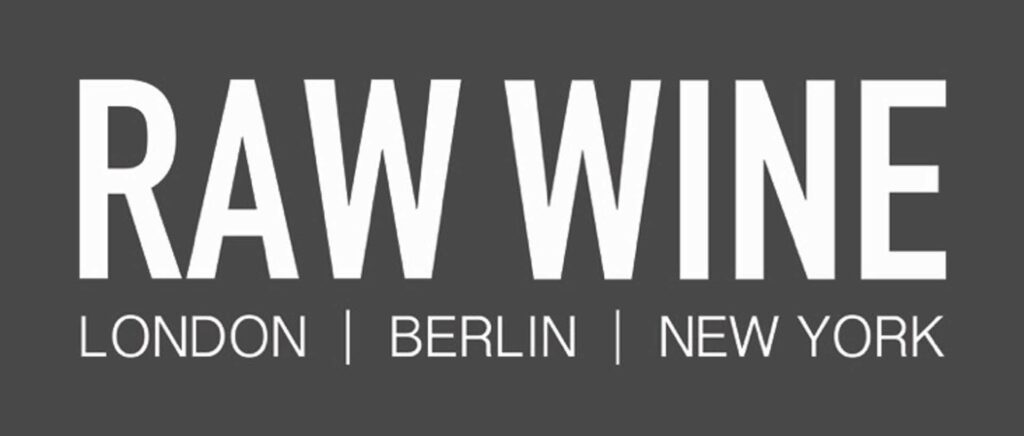

A NEW TREND OR JUST A SOAP BUBBLE?
It is hard to say if the curiosity about these funky wines will last or will disappear like a bubble in a couple of years. What it is sure, is that the attention of the young wine lovers is really heading forward this market segment.
Natural wines festival are popping up in several US cities: San Diego (Natdiego.com), San Francisco, New York, and so on… It is a trend, for sure, but professionals in the wine business are arguing about some risks.
First: if people approaching wine for the first time, or not educated about wine, start drinking natural wines (with all the funky flavors and deliberate defects that come with them), they may not have the “right” idea of what wine should taste like.
Second: some natural wines can be really difficult to appreciate (barnyard, wet dog and other unpleasant hints can be characteristics of a natural wine, which a professional might find intriguing and charming, but a new wine lover might not).
Third: the assumption that a wine is a natural product is wrong. Why? Simple: if we let Mother Nature do her job, grape juice turns into vinegar. That’s nature. With man intervention you can obtain wine. So, technically, wine is a product of man creativity and skills. It does not make any sense pretending that wine can exist (and be good!) with no man intervention.
I hope to have given you, my dear wine lover and reader, food (and wine) for thoughts! I personally look with curiosity to this new trend, but I still continue to prefer “traditional” wines. It is difficult to me to find harmony and balance in some natural wines. To me, a good wine is like a symphony, it has to be harmonious. And I rarely defined a natural wine harmonious. But I will keep on trying.
Never stop learning and tasting!
Useful Winefolly.com guide to US Certifications:
https://winefolly.com/tutorial/beyond-organic-certified-sustainable-wine/


